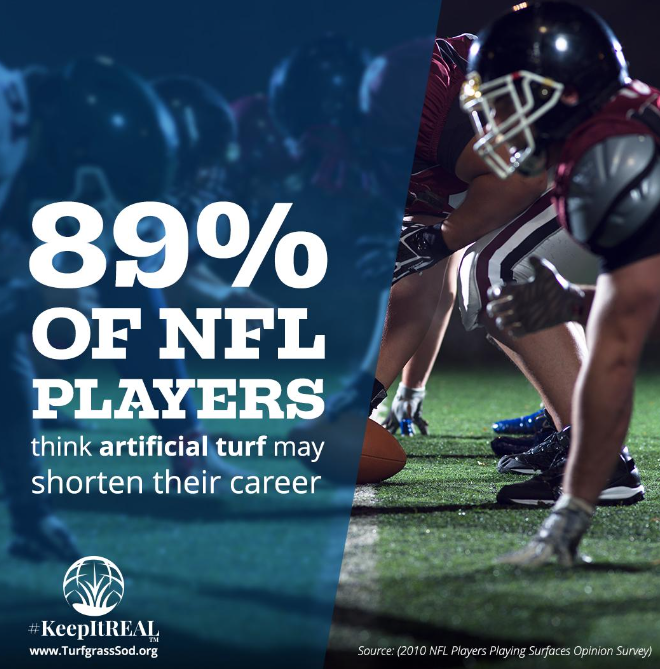Introduction

Artificial turf continues to alternate options that many players at the high school, intercollegiate, and professional levels practice and compete. There have been several studies and literature reviews to investigate the properties of artificial turf and their impact on injuries along with injury patterns too. The overall rate of football injuries has been reported to be significantly higher on artificial surfaces compared with natural grass [5–6]. It is increasingly clear that the playing surface is an important factor in injury incidences and mechanisms.
John Powell from the University of Iowa [1] was among the first to quantify the higher incidence of these injuries. He published a paper in 1992 which showed that professional football teams had more major knee injuries on artificial turf than compared on natural grass.
Since that time, artificial turf companies have made significant strides to simulate more natural surfaces. Despite these modern advancements, the effect of artificial turf on injury rates is still controversial. Natural grass fields are not free from problems either. There are studies that demonstrate that playing on a grass surface that is not well maintained may also increase injury rates.
This issue has become particularly important in cold-weather climate areas such as Green Bay, Minnesota, New England, and New York. In these areas the weather can take a heavy toll on the fields, making them dangerous, despite the best efforts of ground crews. The question now becomes: Is today’s generation of synthetic surfaces responsible for an increased risk of sports injuries? The answer remains unclear, as not all research studies have arrived at the same conclusion. Few types of research conducted do indicate a higher incidence rate of orthopedic injuries on artificial turf. For example, one study by JasonL Dragoo, [2] published in the National Library of Medicine concluded that college football players suffer about 1.39 times as many ACL tears when not playing on a natural surface.
Yet, according to other research, synthetic and natural surfaces lead to an equal number of orthopedic injuries. Gould H & team published a recent study in May 2022, which provided a comprehensive systematic review of sports injuries on artificial turf versus natural grass. A total of 53 articles published between 1972 and 2020 were identified for study inclusion. The study suggests that the rates of knee injuries and hip injuries are similar between playing surfaces, although elite-level football athletes may be more predisposed to knee injuries on artificial turf compared with natural grass. Only a few articles in the literature reported a higher overall injury rate on natural grass compared with artificial turf, and all of these studies received financial support from the artificial turf industry.
Rossi A, Pappalardo L, and Cintia describe very well the importance of the application of ML in sports. P [4]. With the technological advent of the last few decades, it is possible to record a huge quantity of data from athletes. Wearable devices, video analysis systems, tracking systems, and questionnaires are only a few examples of the devices used currently to record data in sports. These data can be used for scouting, performance analysis, and tactical analysis, but an increased interest is in assessing the risk of injuries. With this huge amount of data, the use of complex models for data analysis is mandatory and, for this reason, machine learning models are increasingly used in sports science. In order to demonstrate the application of ML & showcase the outcome of the ML approach, where we have taken publicly shared data by the NFL for sports analytic competition & analyzed for relationship between playing surface, NFL players' movements, and their injury, leading to potentially improve the performance and minimizing the risk of injury. The article also briefly underlines the importance of critical sports parameters accurate data collection & direct impact on ML accuracy in prediction too.